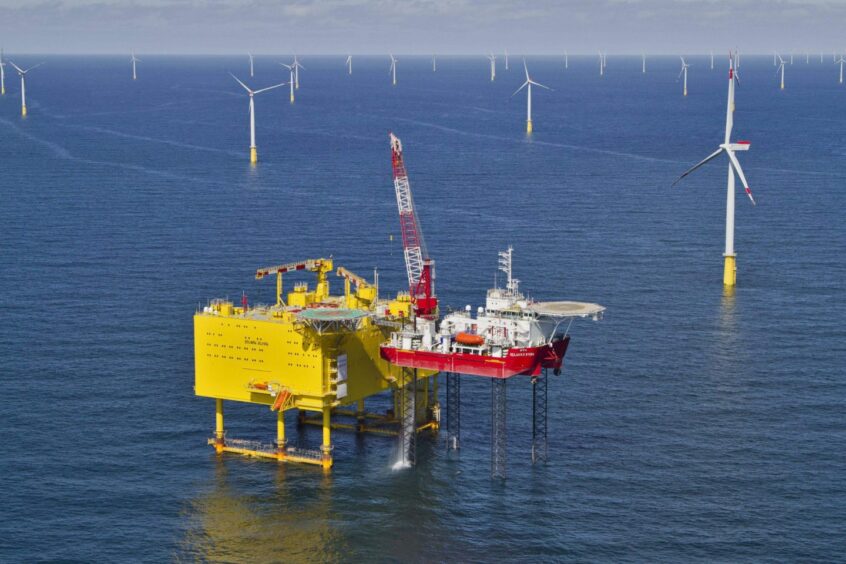
Seajacks UK has signed three new contracts to provide accommodation for technicians during commissioning of the Dogger Bank windfarm, off the Yorkshire coast.
Seajacks – a unit of wind farm services group Eneti – will deploy one of its NG2500X class vessels to accommodate technicians during the hook-up and commissioning of offshore substations across all three phases of construction at the project.
The contract will commence in Q2 2023 and will see the vessel return to the wind farm in both 2024 and 2025.
Seajacks said it would be “further optimise” the vessel for substation work, which would allow onboard accommodation to rise to a total of 140 people.
Billed as the world’s largest offshore wind farm, the 3.6 GW Dogger Bank project is being developed across three equally sized stages, A, B and C.
The first two, Dogger Bank A and B, are joint ventures between SSE Renewables (40%), Equinor (40%), and Eni (20%). In November, SSE Renewables and Equinor announced that Eni would also take a 20% stake in the final phase, Dogger Bank C.
Onshore infrastructure works for all phases of the project are already underway, with completion scheduled for 2024, 2025, and 2026 respectively.
Meanwhile, steel fabricator Smulders said it had shipped the first of 95 transition pieces bound for the project in April.
Seajacks chief executive Blair Ainslie said: “We are delighted that Dogger Bank Wind Farm has awarded these contracts to Seajacks UK. Our self-propelled NG2500X jack up vessels are a tried and tested method of minimising weather downtime when commissioning offshore substation platforms.
“This new investment in the vessel will maximise local and UK content, because we will undertake the upgrade works at PD Ports Teesport UK facility. The project will also be managed by the onshore teams who work out of our Great Yarmouth headquarters,” he added.
Last month, the company confirmed two new high specification GustoMSC NG-16000X vessels – named Nessie and Siren – would be added to its fleet in 2024 and 2025.
The high-spec vessels will be used in offshore turbine construction, enabling installation of turbines capable of generating in excess of 14MW.
Recommended for you
